We may earn money or products from the companies mentioned in this post. This means if you click on the link and purchase the item, I will receive a small commission at no extra cost to you ... you're just helping re-supply our family's travel fund.
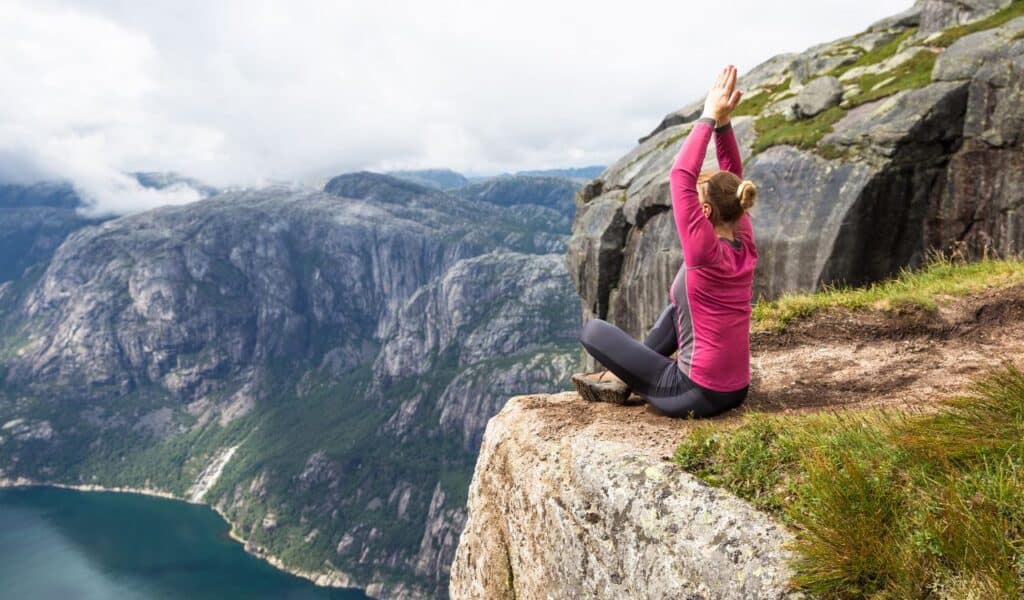
If some dream spots now come with red flags, crowds, fragile ecosystems, or resident pushback, there’s still a way to keep the wonder without the wear. This guide pairs iconic, overloaded places with breathtaking nearby or analogous alternatives that protect heritage, support communities, and keep wildlife truly wild, while staying as photogenic and experience rich as you hoped. Each swap preserves the essence while easing strain and elevating your trip’s positive impact.
Venice → South Tyrol, Italy
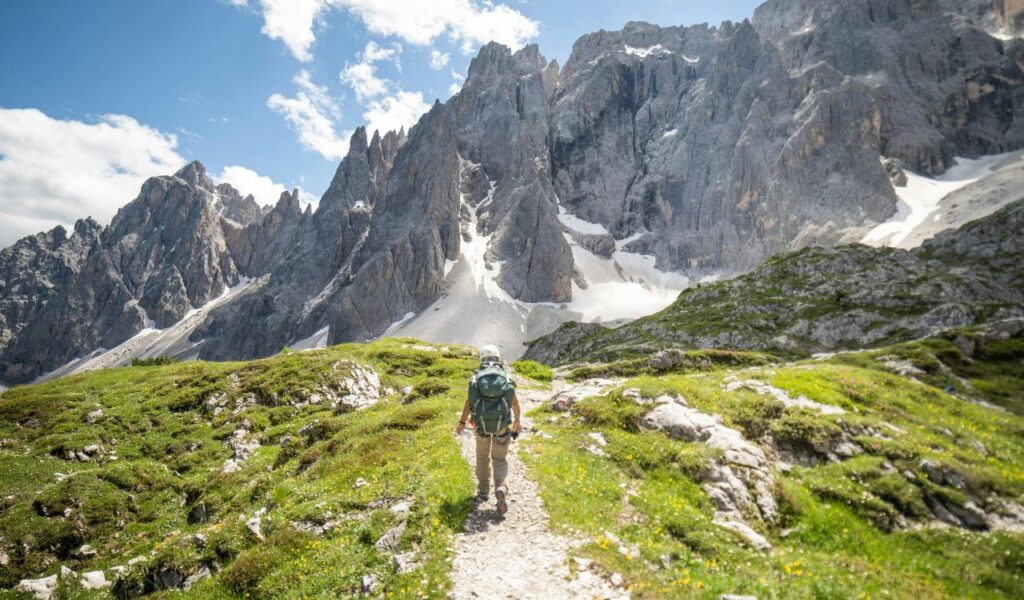
Venice’s fragile lagoon and cruise congestion flag a city at capacity; South Tyrol delivers Dolomite spires, vineyard valleys, and car light villages linked by rail, buses, and lifts. Regional sustainability efforts and a strong renewables focus make lower impact stays straightforward without losing Italy’s alpine meets Mediterranean soul. Bonus: the Dolomites’ sunset alpenglow can rival any Venetian dusk, with fewer pinch points and smoother logistics.
Barcelona → Girona Or Tarragona, Catalonia
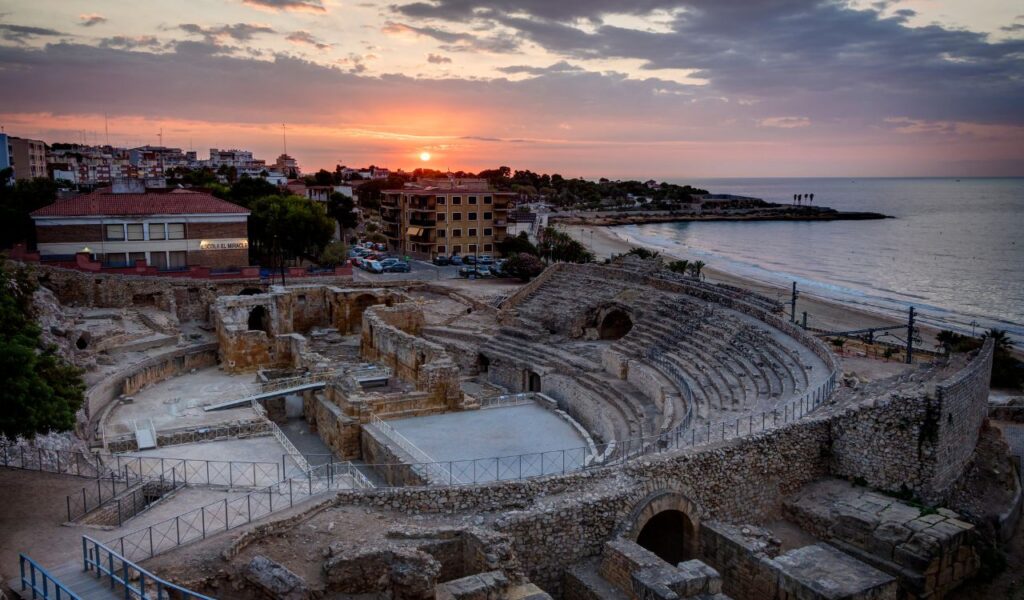
Barcelona’s housing strain, protest waves, and tighter rental rules signal overtourism; Girona’s medieval ramparts and Tarragona’s seaside Roman amphitheater keep peak Catalan flavor at calmer tempos. Expect Gothic lanes, standout dining, and quick coastal access with visitor flows that better align with residents. Frequent trains make the swap easy and car free, reducing friction while preserving what you came for.
Dubrovnik → Šibenik Or Split, Croatia
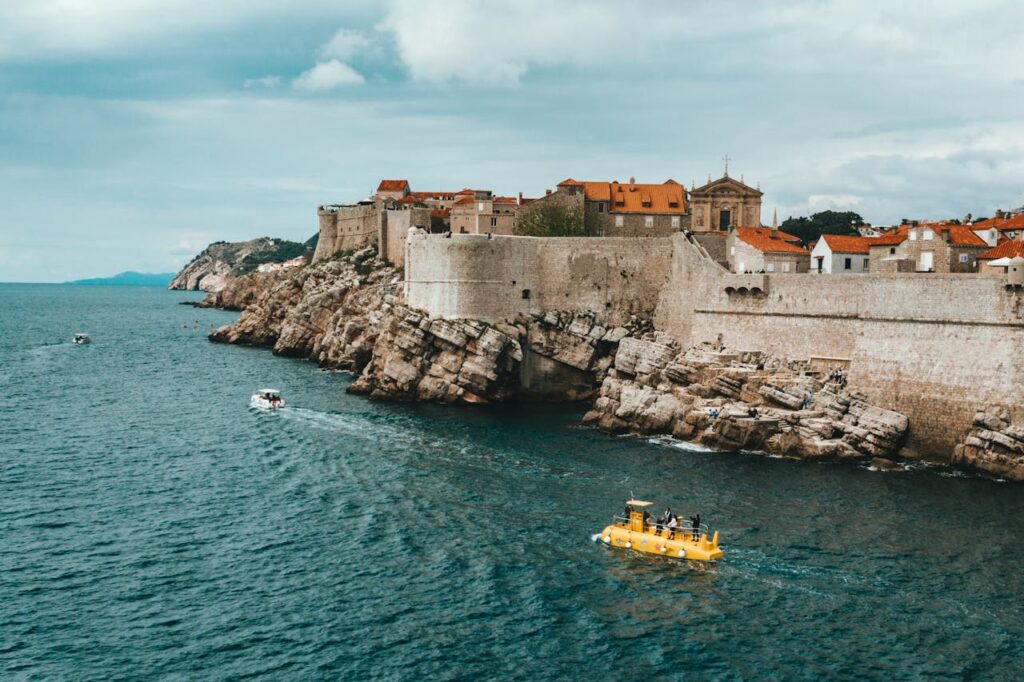
Dubrovnik’s compact Old Town bottlenecks under cruise surges and heritage stress; Šibenik’s fortress skyline and Split’s living palace city spread visitors and benefits more evenly. You still get limestone alleys, Adriatic sunsets, and island day trips without gridlocked gates. Šibenik pairs neatly with nearby waterfalls and monasteries, adding nature to coastal history and easing pressure.
Machu Picchu → Choquequirao Or Vilcabamba, Peru
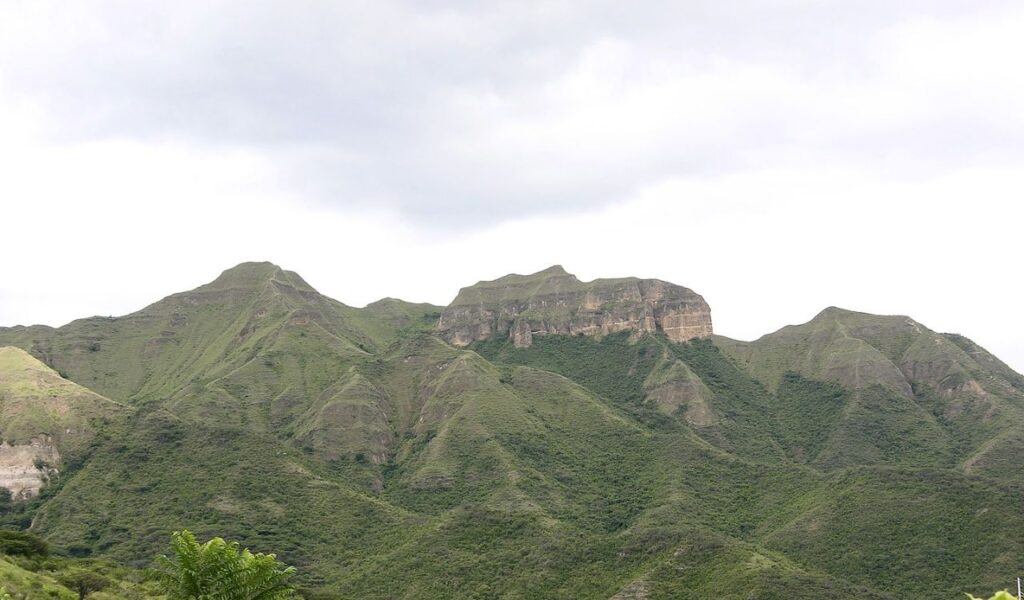
Machu Picchu runs on quotas, timed entries, and trail wear concerns; Choquequirao and the Vilcabamba region offer vast Inca terraces, condor skies, and near solitude. Often described as a sister site, Choquequirao sees a fraction of the footfall, trading queues for quiet Andean grandeur. You’ll keep archaeology plus awe intact while reducing cumulative impact on Peru’s marquee citadel.
Iceland’s Golden Circle → Westfjords Or North/East Loops

The Reykjavik to Golden Circle funnel concentrates erosion, traffic, and service strain; the Westfjords’ bird cliffs and North or East loops disperse impact and revenue to smaller communities. Think puffin stacked headlands, geothermal pools, and cinematic emptiness at the edge of the map. Slower arcs keep Iceland wild and wildly photogenic while avoiding hot spot pressure.
Bali → Lombok, Sumba, Or Sumbawa, Indonesia
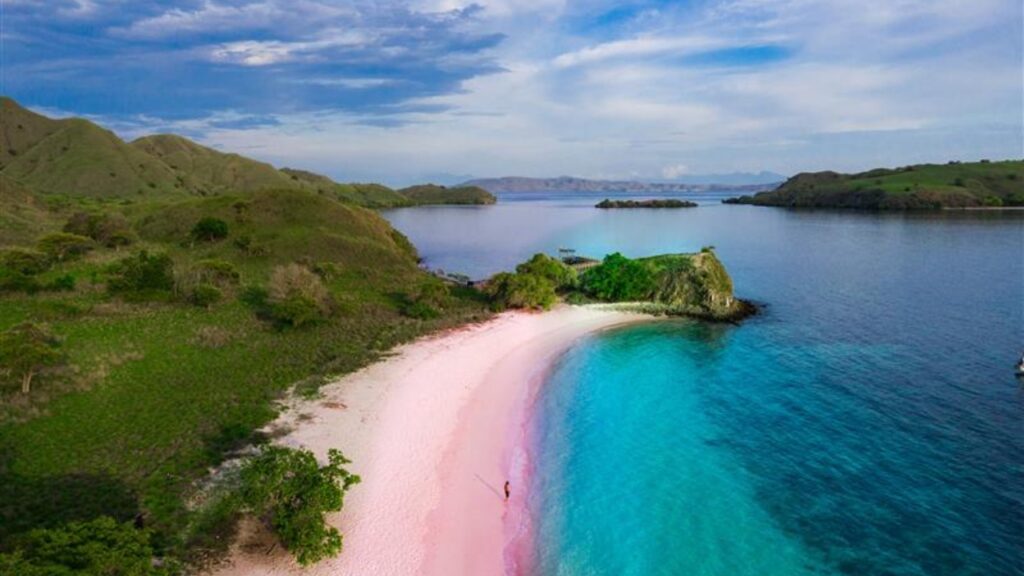
Bali’s water scarcity, waste load, and cultural commodification are persistent red flags; Lombok’s Rinjani, Sumba’s megalithic villages, and Sumbawa’s reefs deliver lower volume escapes with room to scale protections right. Swap gridlock for seagrass meadows, reef walls, and handwoven traditions, arriving with reef safe habits to keep them pristine and sidestep Bali’s overbuild path.
Balearic Hotspots → Mainland Nature Parks Or True Off Peak Canaries
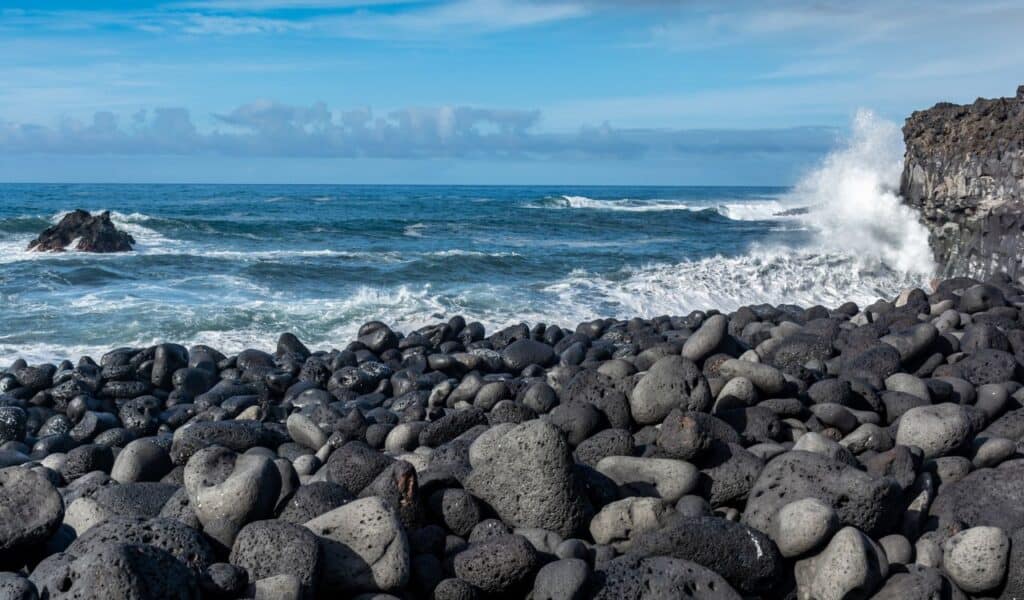
Protests, rent spikes, and water stress across the Balearics mark seasonal overload; Spain’s inland parks and coastal reserves, or rigorously off peak Canaries, offer volcanic horizons, laurel forests, and Atlantic light without peak season strain. Timing is a superpower: quieter months bring clearer skies, calmer trails, and better rapport with residents.
Mass Tropical Reefs & Mega Ships → Palau Or Norway’s Low Emission Fjords
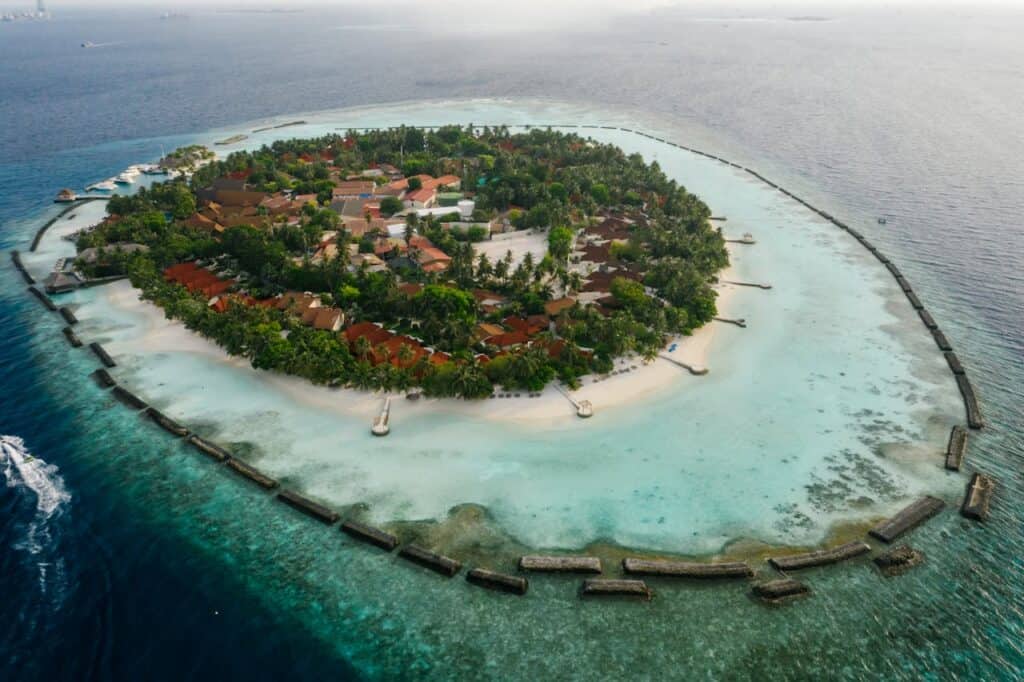
Palau hard wires protection through a shark sanctuary, permits, and visitor fees, while Norway’s hybrid or low emission vessels safeguard iconic fjords from soot and noise. Both deliver bucket list seascapes where conservation is not an add on, it is the operating system, so those once in a lifetime photos come with a lighter footprint and longer future.
Ethical Essentials To Elevate Any Trip
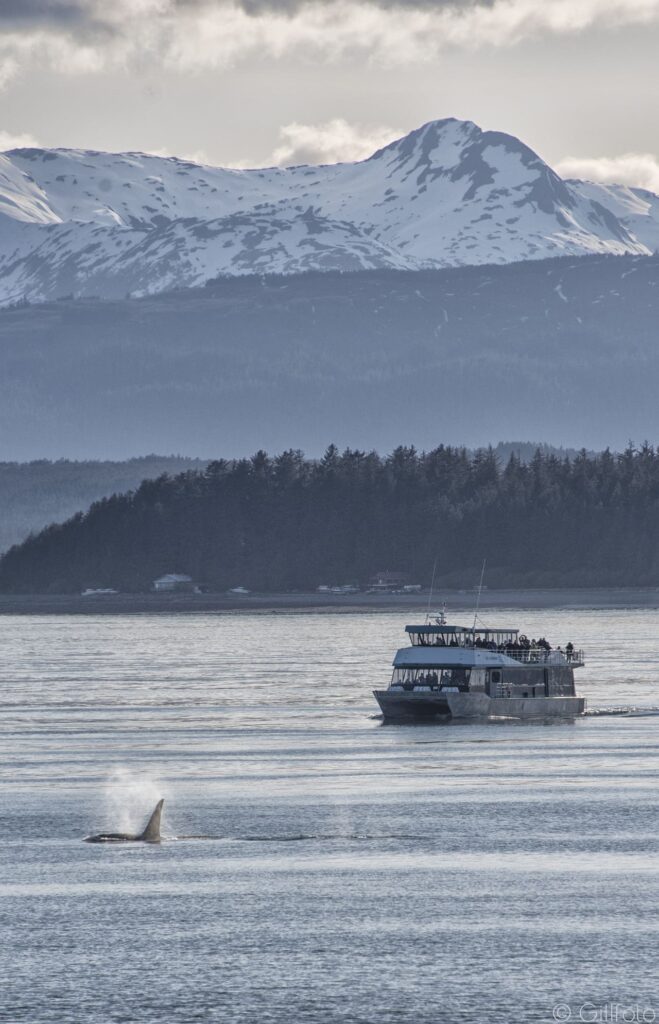
Round out any itinerary by booking whale watching that enforces safe distances and avoids crowding, choosing genuine sanctuaries focused on rescue and rehabilitation with no hands on contact, and wearing reef safe sunscreen to avoid coral harm. For stays, pick traditional B&Bs, small hotels, or one host one home platforms that fund local projects instead of multi listing rentals that displace residents.